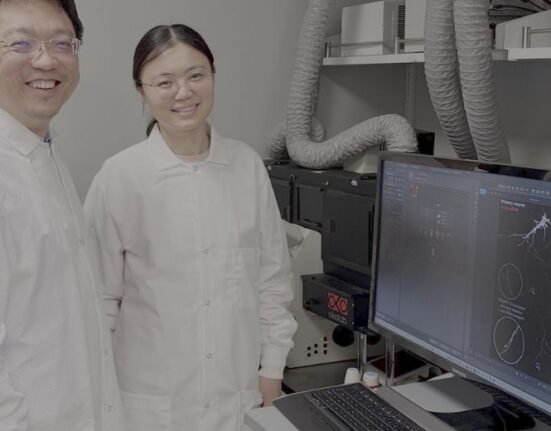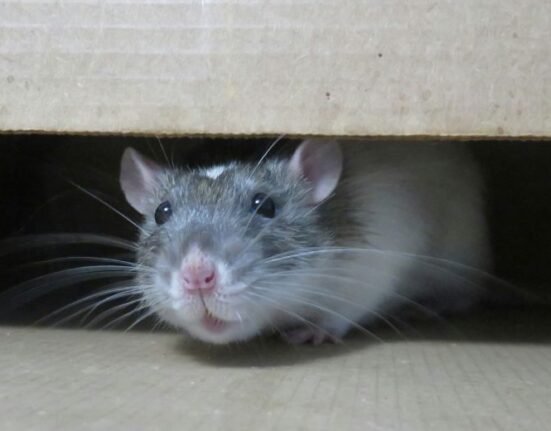By Leelamoni K
May 24, 2024: Life expectancy has risen with the development of modern medicine. However, with ageing, a variety of chronic degenerative diseases have become the most important causes of disability and death among the elderly population.
One such is Parkinson’s disease, which is the fastest-growing neurodegenerative disease worldwide.
The prevalence of the disease has doubled in the last 25 years.
It is the second most common neurodegenerative disease after Alzheimer’s disease. More than 10 million people worldwide are living with Parkinson’s.
In India the prevalence of the disease is 42.3 per 100,000 and above the age of 60 it is 308.9 per 100,000 which shows the increasing trend with age. There are many families where we find the elderly suffering from Parkinson’s.
‘Heart-breaking’
I remember my father, who was a very active person even after retirement and with the development of the disease, his entire personality changed. With his shuffling gait and dull facial expression he became another personality and it was heart-breaking for all of us to see him like that.
The disease is a progressive disorder that affects the nervous system. Symptoms start slowly with slight tremors in just one hand. Gradually it progresses to stiffness and slowing movements.
With a mask-like expression, speech may become slow or slurred. Other symptoms are rigidity of muscles, impaired posture and balance, reduced control of facial muscles leading to less blinking and smiling, speech changes and changes in writing.
The underlying pathology is the loss of neurons that produce a chemical messenger in the brain called dopamine. When its level decreases, it results in irregular brain activity leading to problems with movement and other symptoms of Parkinson’s.
Genetic-environmental factors
The causes of Parkinson’s aren’t understood fully as yet. Scientists have identified numerous genetic and environmental factors that may increase the risk of Parkinson’s.
Certain genetic variations may increase the risk of the disease and at least 10% of Parkinson’s are now thought to be primarily due to specific gene variants.
However, it has been postulated recently that the complex interplay between genetics and environmental factors increases the risk of the disease.
Over a decade of evidence shows a clear association between pesticide exposure and a higher risk for Parkinson’s.
Pesticides strongly inhibit mitochondrial complex-1 causing mitochondrial dysfunction and death of dopaminergic neurons. When these neurons die, motor functions are disrupted, and the classic symptoms of the disease develop — tremors, slow movements and rigidity.
Not clear
The results of studies carried out over the last 40 years suggest that exposure to certain pesticides can increase the risk of the disease. However, the evidence is weak to say that pesticides cause Parkinson’s directly.
A University of California Los Angeles study has indicated a relationship between pesticide exposure and disease risk.
Long-term exposure to pesticides commonly used in cotton crops like organophosphorus, organoarsenic and n-methyl carbamate chemical groups have been reported to disrupt the lysosomal function and build-up of toxic products like alpha-synuclein, a protein implicated in PD pathology.
Pesticides such as paraquat, rotenone, and others are banned in the UK in agricultural farming because of their probable link with the disease.
Need for more research
Understanding the genetic and environmental factors contributing to the development of Parkinson’s is crucial for improving prevention and treatment strategies.
While genetics alone accounts for a minority of the cases, environmental exposure such as pesticides can increase the risk of the disease in genetically predisposed individuals.
Scientists have postulated that most cases are due to a combined effect of genetic-environmental factors. This may also explain why many people, who are regularly exposed to pesticides, do not get the disease and not everyone has a genetic susceptibility.
Further research into gene-environment interactions is imperative to devise innovative approaches for preventing and treating Parkinson’s disease.
(The writer was a former Head of the Department of Community Medicine at the Government Medical College in Kozhikode and Thiruvananthapuram and worked at the Amrita Institute of Medical Sciences in Kochi.)









1 Comment